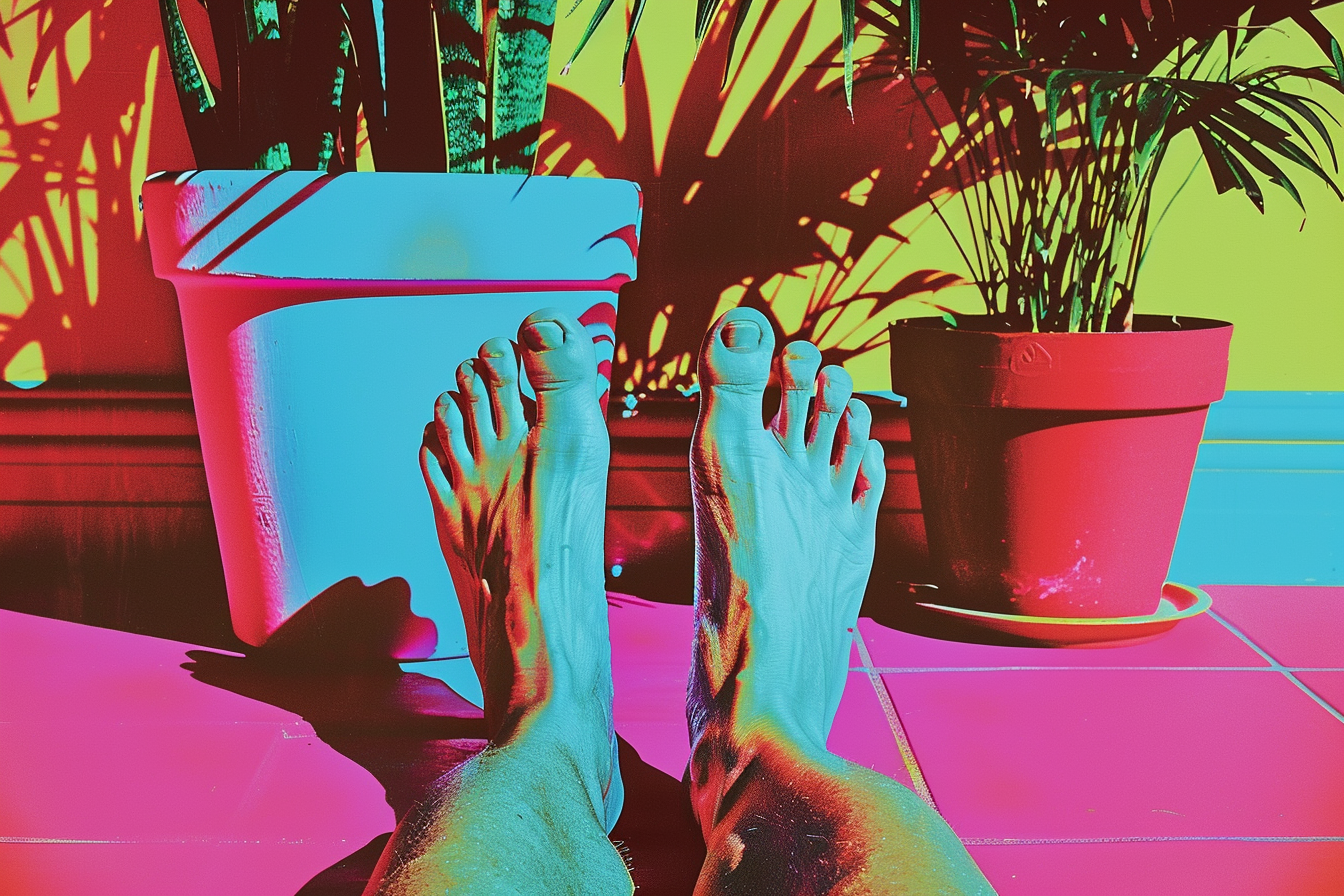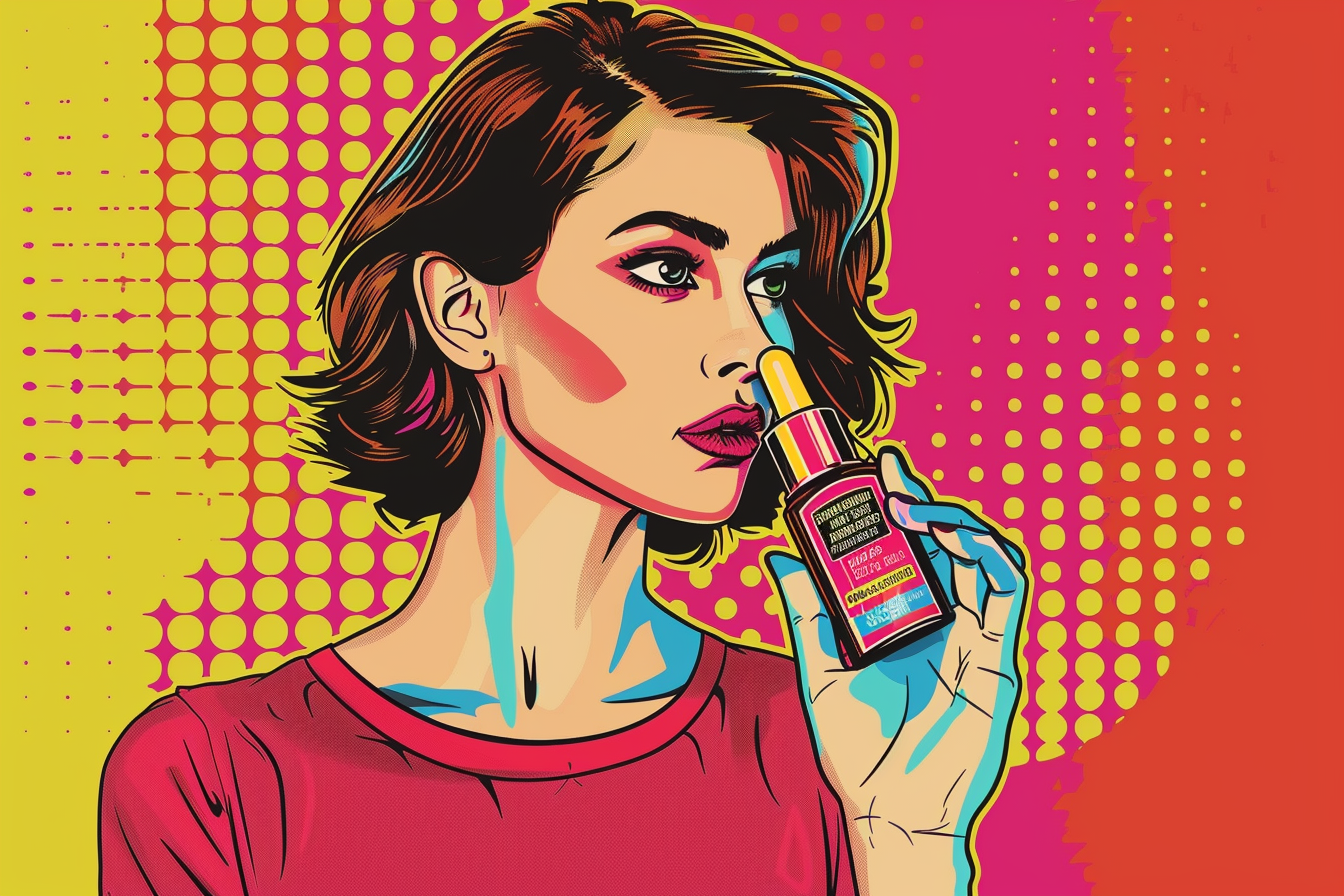
Curly Hair Care: Challenges Meet Solutions
Did you know curls are like intricate works of art—beautiful, yet requiring thoughtful care and balance?
You’ve likely wondered: Why does curly hair seem drier, more breakable, or harder to manage than straighter textures?
The unique structure of your curls creates natural weak points, leaving them especially prone to dryness and breakage.
Plus, everyday factors like sun exposure, humidity, or chemicals can make hydration even trickier to maintain.
Thankfully, with the right natural products and targeted techniques, you can transform your curly hair struggles into successes.
Explore how to nourish your curls with moisture-rich solutions, protect them from stressors, and embrace healthier styling practices.
Let’s navigate common curly hair concerns and discover practical strategies tailored for your unique texture.
Curly Hair Care Challenges You Can Tackle
Understanding Common Curly Hair Problems
Root Causes of Damage
Your curly hair has a unique spiral structure, creating natural weak points along the hair shaft. These areas are more prone to breakage. Additionally, the twists make it difficult for natural scalp oils to travel down your strands, leading to dryness and increased fragility.
Impact of Chemical Treatments
Chemical treatments like bleaching, relaxing, or perming can weaken your curls' natural bonds, disrupting moisture retention, increasing breakage, and leaving curls less defined.
Moisture Retention Struggles
Because curly hair doesn’t distribute natural oils evenly, it often struggles with hydration. Dryness can lead to brittleness and split ends if you’re not using moisturizing, sealing products.
Environmental Effects
Sun exposure, humidity, or changing weather conditions can zap hydration from your curls. This not only causes dryness but also leads to frizz, which makes managing your natural texture more challenging.
Solutions for Common Curly Hair Care Issues
Hydration and Moisture Locking
You should focus on products that address curly hair’s natural dryness. Use natural ingredients like shea butter, aloe vera, coconut oil, and jojoba oil for their ability to lock in moisture, strengthen strands, and reduce frizz, making your curls healthier over time.
Gentler Products for Curl Definition
Switch to chemical-free hair products to avoid damage from sulfates, silicones, parabens, or alcohols. These chemicals often dehydrate your curls, while naturally derived curlspecific formulations, like those made with botanical extracts, help maintain elasticity and pattern structure.
Reducing Frizz and Enhancing Patterns
To control frizz and keep curl definition consistent, use lightweight but hydrating products. Apply these on damp hair, distribute evenly, and define curls by using the scrunching technique. Sealing with an oil locks moisture in.
Protection From Environmental Stress
Choose products offering UV or humidity protection. You can shield your curls from sun damage, excess moisture, or harsh wind exposure, which all contribute to dryness.
Choosing the Right Products for Your Curl Type
Wavy Hair (Type 2)
If your hair is wavy, focus on lightweight, hydrating formulations, such as those with jojoba oil. These won’t weigh down your strands, keeping your waves bouncy and light.
Curly Hair (Type 3)
For type 3 curls, prioritize rich moisturizers like shea butter or coconut oil for hydration and curl definition. These ingredients also help control the frizz that makes curl patterns inconsistent.
Coily Hair (Type 4)
Severe dryness in tighter curls means you need deeply hydrating products. Look for aloe vera and botanical oils that provide intense moisture to support elasticity and curl formation.
Mastering Curly Hair Application Techniques
Layering Your Products Strategically
Layer products step by step to achieve the best results:
- Apply a water-based leave-in conditioner to damp hair to hydrate.
- Use a curl cream for definition while your hair is wet.
- Seal everything with a lightweight oil to lock moisture in and reduce frizz.
- If you need extra hold, finish with a gel applied carefully.
Tips to Minimize Frizz
- Distribute products evenly with the “praying hands” technique.
- Scrunch gently to encourage and shape your curls’ pattern.
- Diffuse on low heat to maintain your curl structure and avoid over-drying.
Sustainable Solutions for Curly Hair
Eco-Friendly and Natural Products
By choosing all-natural, environmentally conscious formulas, you can maintain your curls while contributing to sustainability. Products with eco-friendly packaging and botanical ingredients offer gentle care without harming the planet.
Practical Tips for Better Curl Care
Caring for curly hair requires attention to hydration, gentle products, and protection from environmental factors. Small adjustments yield noticeable improvements.
Key Takeaways to Remember
Here are the essentials for maintaining healthy, well-defined curls with less damage and frizz:
- Choose natural and organic hair care products tailored to your curl type.
- Focus on moisture retention using shea butter, aloe vera, and coconut oil for hydration and strength.
- Adopt strategic layering techniques to lock in hydration and enhance curl patterns.
- Minimize frizz by distributing products evenly and using low-heat diffusing methods.
- Protect curls from environmental stressors using UV and humidity shields.
- Pick sulfate-free and silicone-free formulas to preserve the integrity of your curls.
Personalizing Curl Routines
Consider your curl type to ensure proper care, as different patterns—wavy, curly, or coily—have specific needs. Thoughtful adjustments matter.
- Wavy curls: Opt for lightweight hydration without weighing down strands.
- Curly hair: Use moisture-rich solutions for hydration and consistent curl definition.
- Coily textures: Prioritize intense hydration for elasticity and minimal breakage.
Combining effective techniques with appropriate products ensures long-lasting, manageable curls that look and feel their best.
https://www.ncbi.nlm.nih.gov/research/natural-hair-care,https://www.dermatology.org/hair-product-research,https://www.cosmeticscience.org/natural-ingredient-studies










